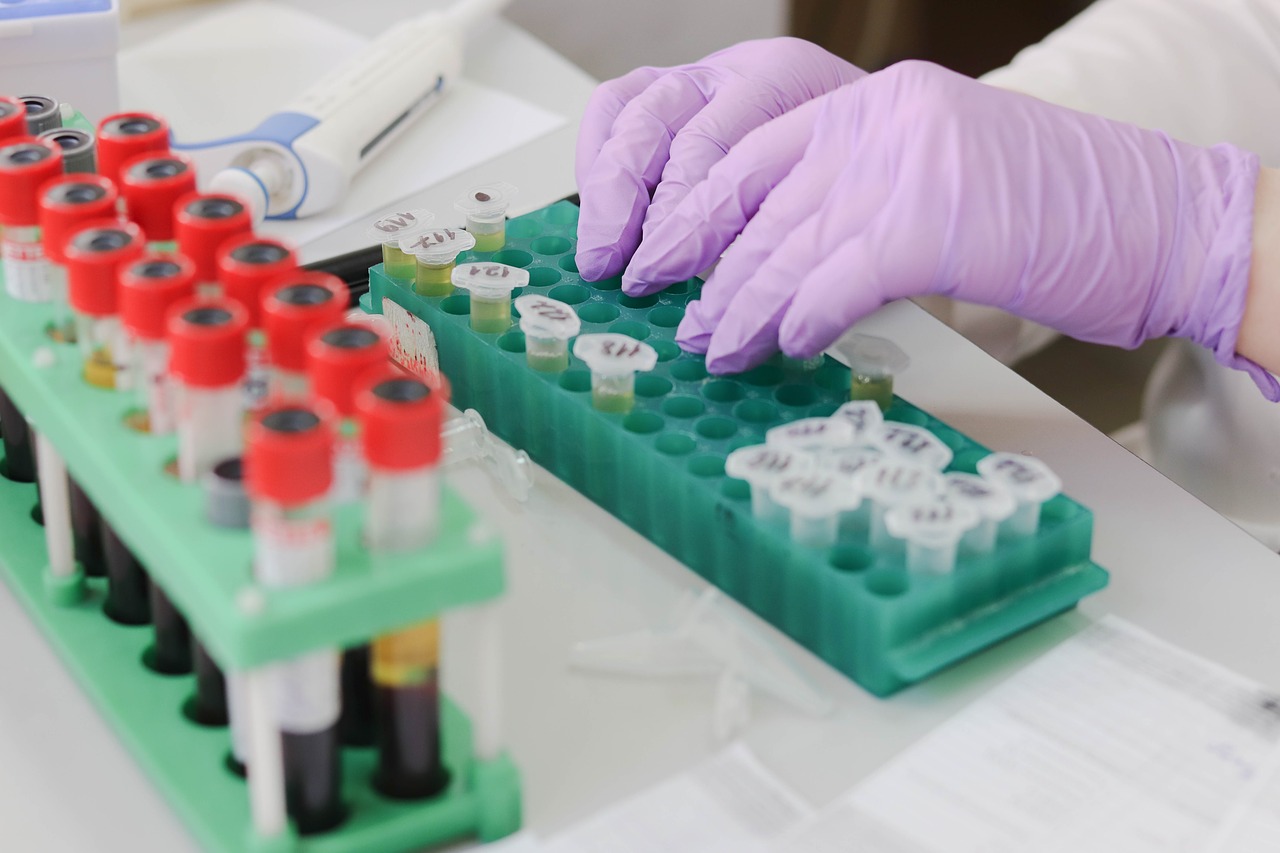Alzheimer's Disease
“Knowing yourself is the beginning of all wisdom”
Aristotle
Alzheimer's Disease
Alzheimer’s disease is degenerative neurological disease. The molecular hallmarks of the disease are beta amyloid plaques and tau neurofibrillary tangles in the brain as well as a decrease in glucose uptake from brain cells. This results in a progressive decrease in cognitive abilities. Your genetic make-up contributes to your risk of being diagnosed with Alzheimer’s disease and the biggest genetic risk factor is a variant of the APOE gene.
There are three alleles (or variants) of the APOE gene – ε2, ε3, and ε4. The “normal” APOE allele is the ε3 isoform. About 78% of the general population has an ε3 allele. The ε2 allele is the most rare form of the APOE alleles, only 8% of the general population has an ε2 allele. The ε2 is extra special because it is protective against Alzheimer’s Disease. If you have two copies of the ε2 allele it is much less likely that you would be diagnosed with Alzheimer’s than someone with any other APOE genotypes. Unfortunately, I don’t have any copies of the ε2 allele. The APOE ε4 allele is the gene variant that greatly increases your risk of Alzheimer’s disease. In regards to Alzheimer’s disease, the worst combination of APOE alleles to have is two copies of the ε4 allele.1
Over ninety percent of people with two alleles (homozygous) for APOE ε4 gene will have Alzheimer’s. The mean onset age for someone that is homozygous for the APOE ε4 gene is 68 year old. The mean onset age for heterozygous APOE ε4 carriers (one copy of the APOE ε4 gene) is 76 years old and the diagnosis frequency is 47%. The onset and frequency of Alzheimer’s is dose dependent in regards to the number ε4 alleles present. The more ε4 copies you have, the earlier the disease starts and the more likely that you will be diagnosed for Alzheimer’s.1 (https://www.ncbi.nlm.nih.gov/pmc/articles/PMC3726719/ for both paragraphs).
For Apoe4 carriers, the facts are not on our side. Currently, in my mid-forties which doesn’t give much time before my brain turns to mush. I have a family and a three year old. I want to see him grow up and have his own family. All the research in these pages was born out of that desire.
APOE ε4 – Dose Dependent Response 1 | |||
ε4 Homozygous | ε4 Heterozygous | ε4 Non-carrier | |
Mean Onset Age | 68 Years Old | 76 Years Old | 84 Years Old |
Frequency Of Alzheimer’s Diagnosis | 91% | 47% | 20% |
General Alzheimer's Information Sections

The Basics
If you are unfamiliar with DNA, proteins, and genes and how they are all related, this section would be a great place to start.

Alzheimer's Hypotheses
Scientists have come up with many different hypotheses of how Alzheimer's works and what causes it. Take a look.

Risk Factors
modifiable and non-modifiable risk factors contribute to your overall Alzheimer's risk. Learn how to lower your risk.

Subtypes of Alzheimer's
Scientists have identified a variety of different subtypes of Alzheimer's. Identifying subtypes helps focus the fight.
Alzheimer's Disease References on this Page:
Liu CC, Liu CC, Kanekiyo T, Xu H, Bu G. Apolipoprotein E and Alzheimer disease: risk, mechanisms and therapy. Nat Rev Neurol. 2013 Feb;9(2):106-18. doi: 10.1038/nrneurol.2012.263. Epub 2013 Jan 8. Erratum in: Nat Rev Neurol. 2013. doi: 10.1038/nmeurol.2013.32. Liu, Chia-Chan [corrected to Liu, Chia-Chen]. PMID: 23296339; PMCID: PMC3726719.
